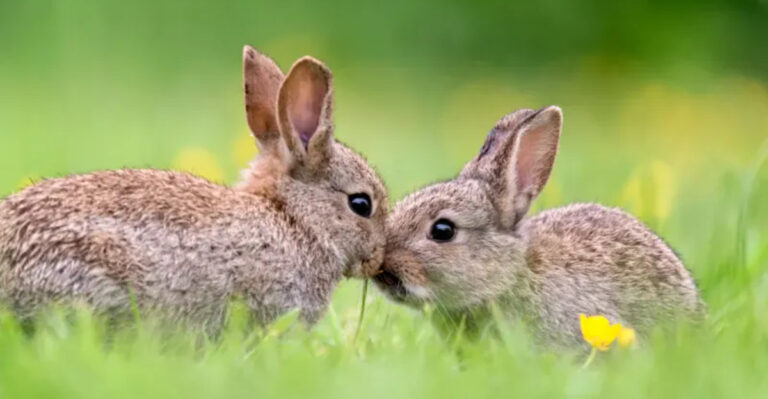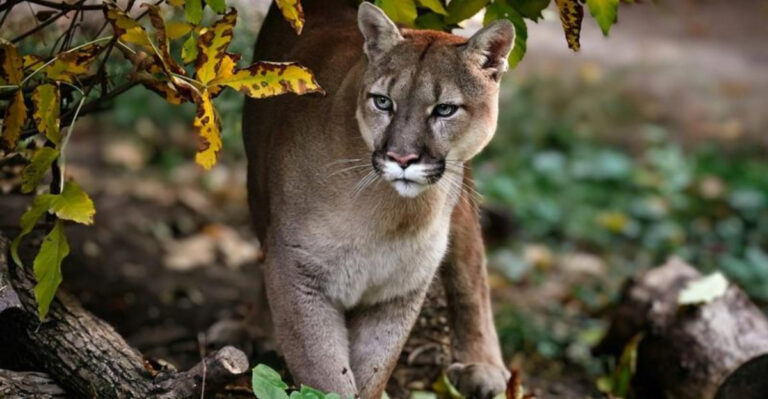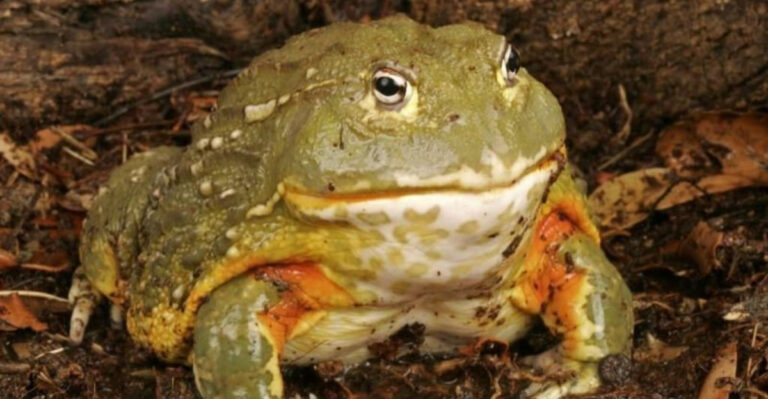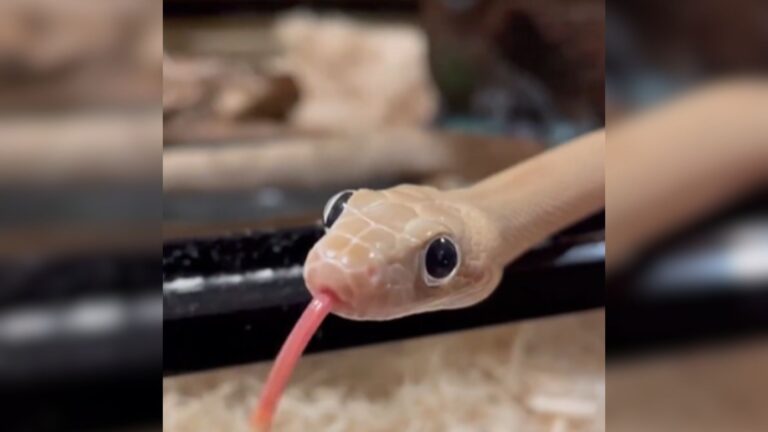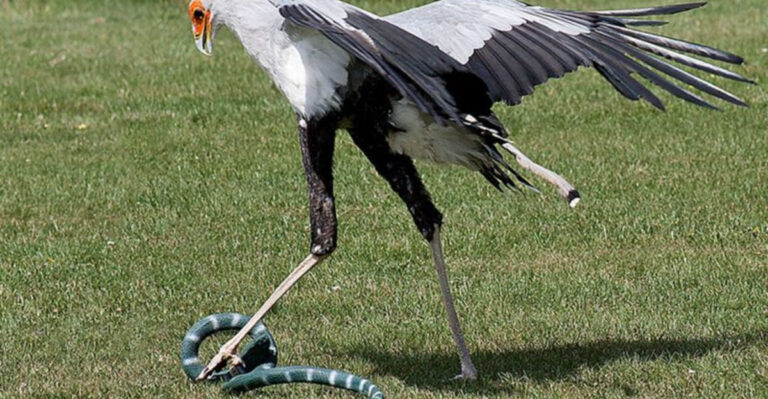Study Shows Pet Flea Treatments Are Poisoning Wild Birds
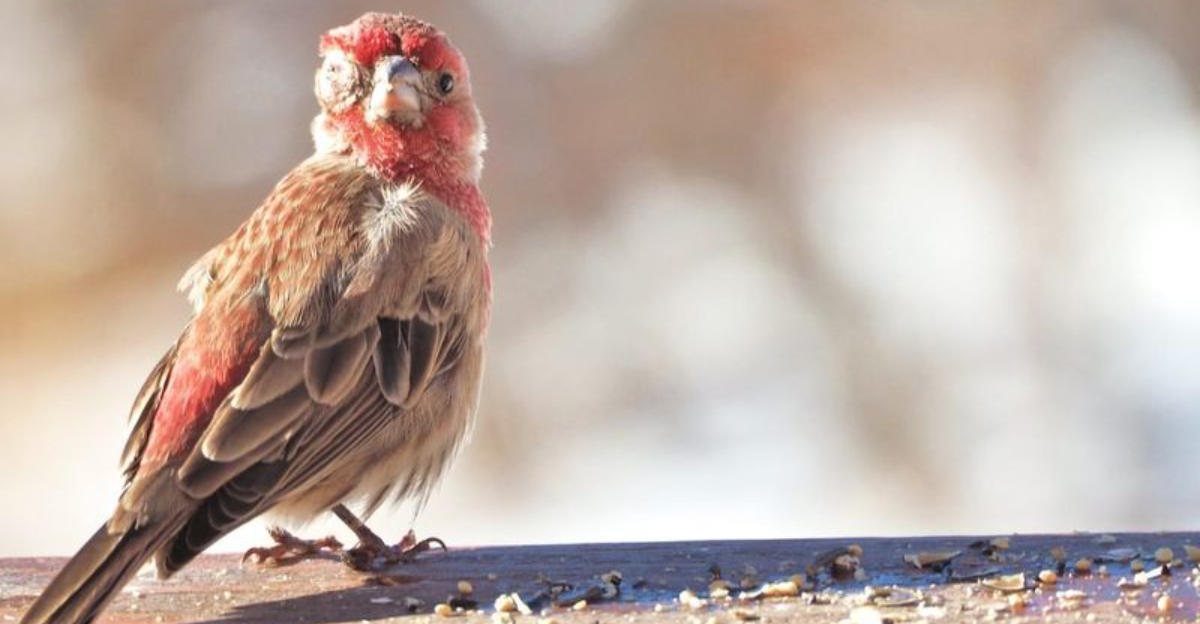
Ever wonder about those drops you put on your dog’s back? Scientists have discovered a worrying connection between common pet flea treatments and declining bird populations.
These powerful insecticides don’t just stay on your pet—they’re making their way into our environment and harming wildlife. The findings reveal an unexpected consequence of keeping our furry friends pest-free.
Chemical Culprits Identified
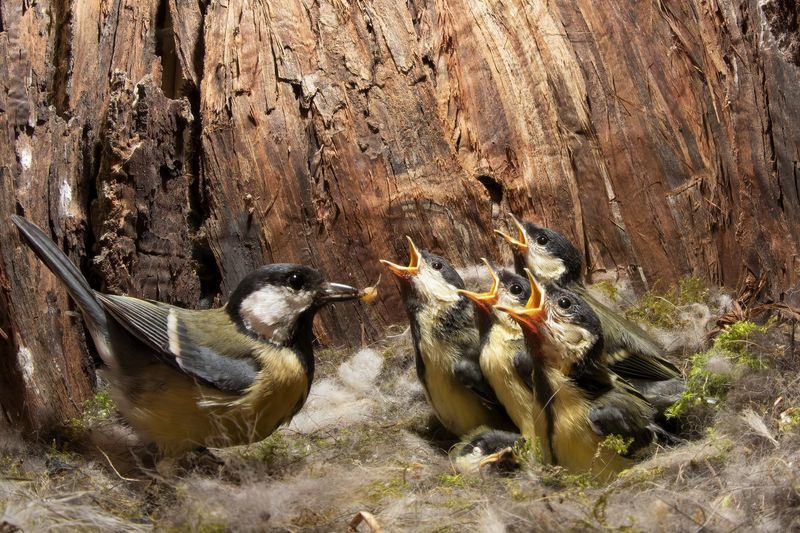
Fipronil and imidacloprid top the list of bird-killing chemicals found in popular flea treatments. These potent insecticides work wonders on fleas but spell disaster for feathered creatures.
Research shows these compounds can persist in the environment for months, contaminating soil and water sources birds depend on. Even tiny amounts can cause neurological damage or death in smaller bird species.
Backyard Birds Hit Hardest
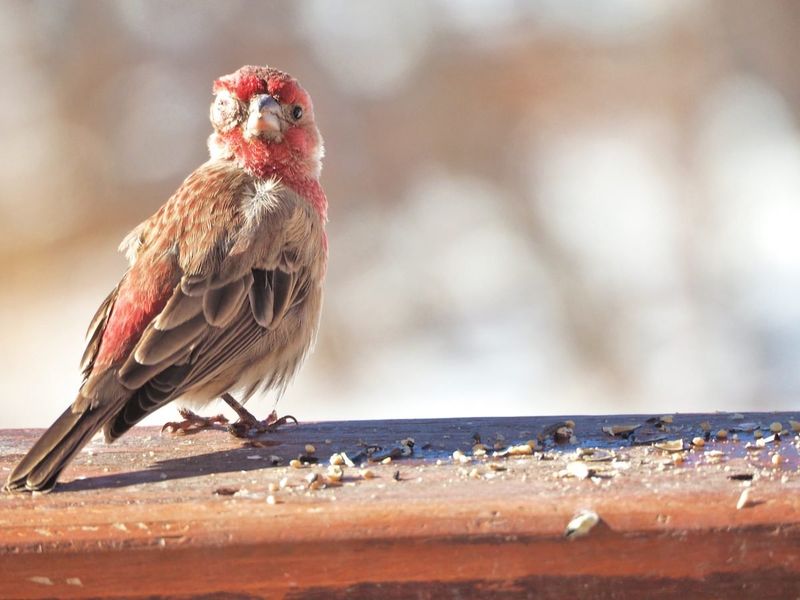
Robins, sparrows, and finches suffer the most from flea treatment pollution. These backyard visitors frequently forage on the ground where contaminated soil and insects contain deadly residues.
Many affected birds show telltale signs before death: uncoordinated movements, tremors, and inability to fly properly. Researchers found chemical concentrations in deceased birds up to 100 times the lethal dose.
Transfer Pathway Revealed
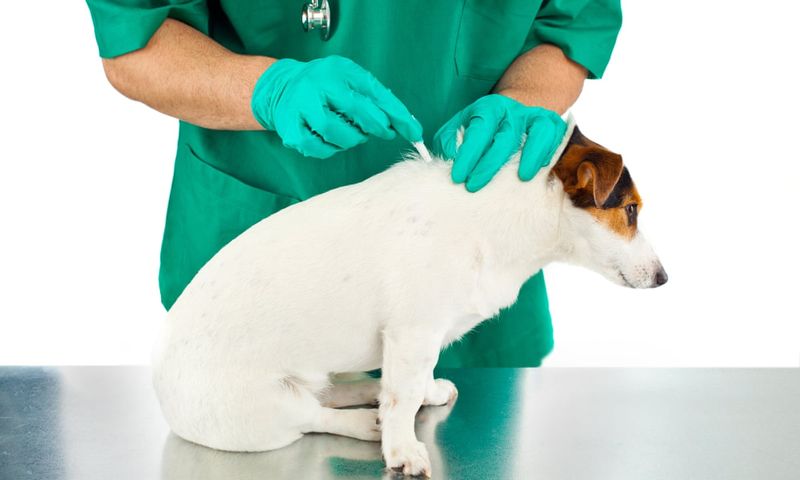
Wonder how chemicals jump from pet to bird? When Fluffy gets her monthly treatment, residues wash off during baths, spread through household dust, and transfer to surfaces throughout your home.
Outdoors, treated pets shed fur, rub against surfaces, and leave chemical traces wherever they go. Rain washes these residues into soil and waterways, creating a toxic environment for unsuspecting birds.
Alarming Concentration Levels
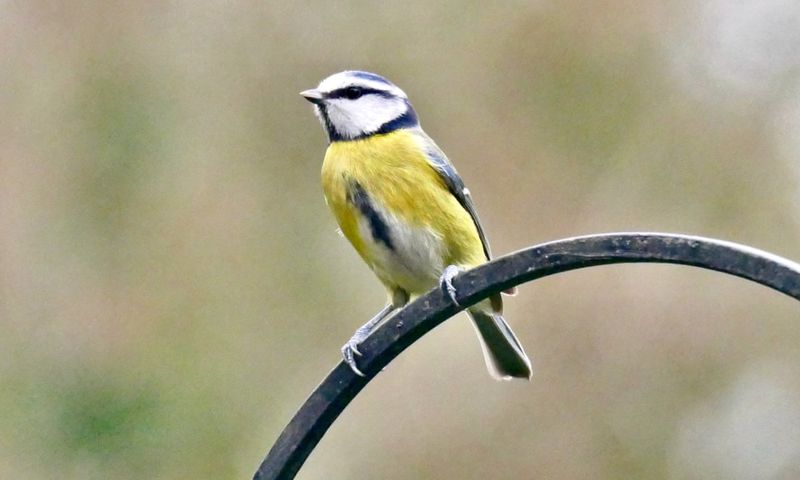
Just one drop of concentrated flea medication contains enough active ingredient to kill thousands of birds! Laboratory analysis revealed shocking numbers – a single dose contains up to 400 mg of insecticide.
Urban streams near residential areas showed chemical levels exceeding safety thresholds by 10-50 times. Bird tissue samples confirmed these chemicals accumulate in their bodies over time, causing gradual poisoning even at seemingly low exposure levels.
Predator Birds Face Double Jeopardy
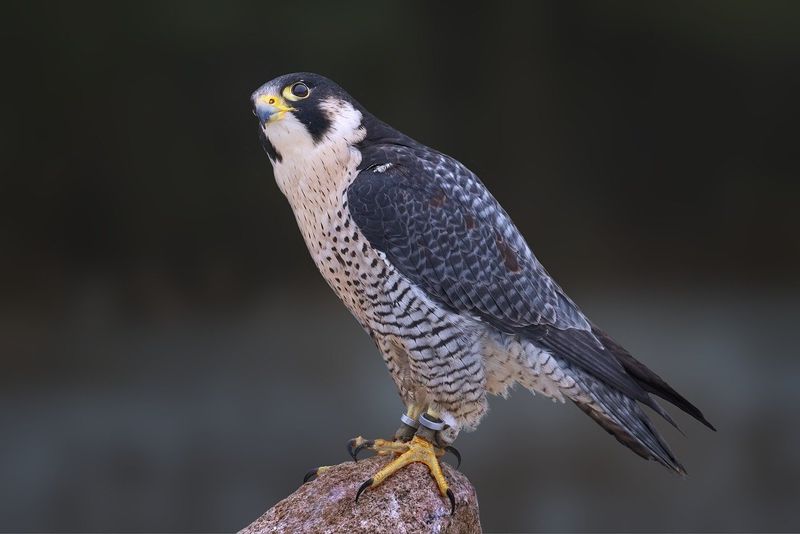
Hawks, owls, and eagles get a double dose of poison through biomagnification. When these hunters eat smaller birds already containing insecticides, the chemicals concentrate in their bodies.
A single hawk can consume dozens of contaminated songbirds weekly. The study found predatory birds had chemical levels 5-8 times higher than their prey, explaining mysterious deaths among these magnificent hunters in suburban areas.
Global Wildlife Impact Uncovered
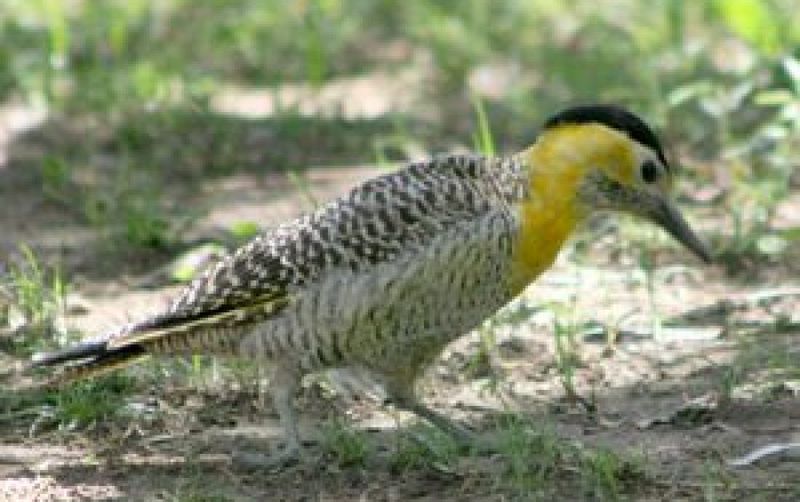
Flea treatment pollution isn’t just a local problem – it’s worldwide! Researchers detected these chemicals in bird populations across six continents, with highest levels in developed nations.
Migratory species carry contamination across borders, spreading the problem to pristine areas. Bird population data shows steeper declines in areas with higher pet ownership, creating a clear correlation between our pets and vanishing wildlife.
Nesting Behavior Disrupted
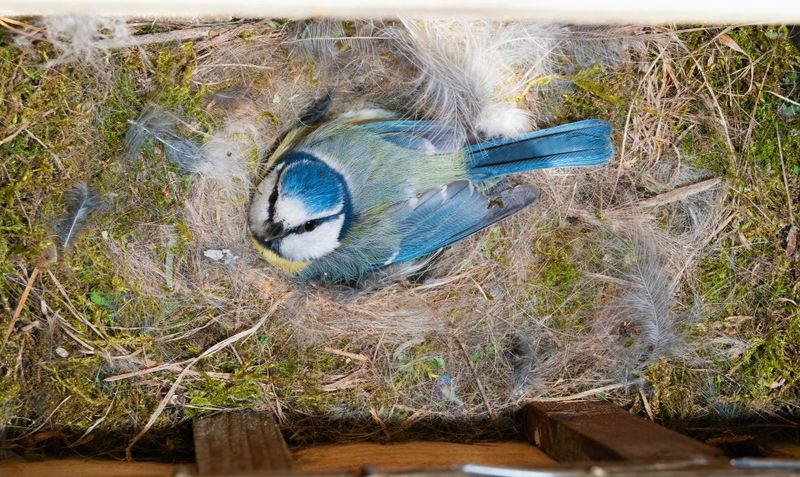
Beyond killing birds outright, these chemicals mess with their behavior. Contaminated birds build sloppy nests, abandon eggs, or fail to feed their young properly.
Research teams observed bizarre nesting behaviors in areas with high chemical presence. Some birds incorporated toxic materials into nests, while others showed reduced territorial instincts and mating displays – all critical for species survival.
Long-Term Ecosystem Effects
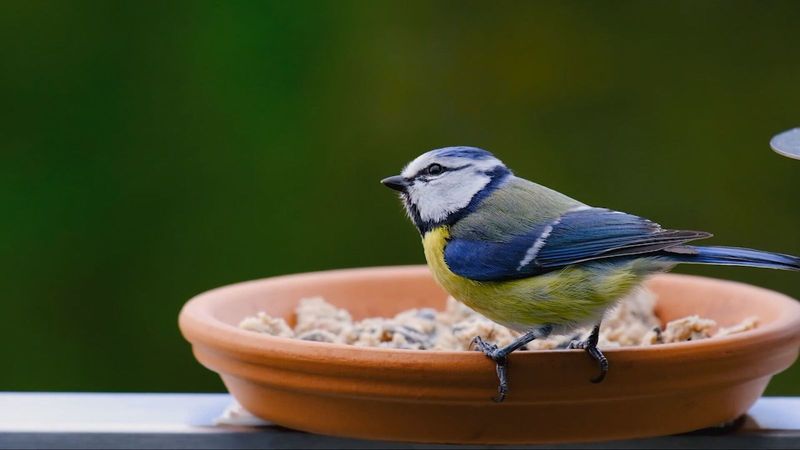
Fewer birds means more bugs! The ripple effects go beyond just bird deaths. As insect-eating bird populations decline, pest insects flourish unchecked.
Forest and garden plants suffer without their natural pollinators and seed dispersers. The study projects potential ecosystem collapse in certain suburban green spaces within decades if current chemical usage continues unabated.
Pet-Safe Alternatives Exist
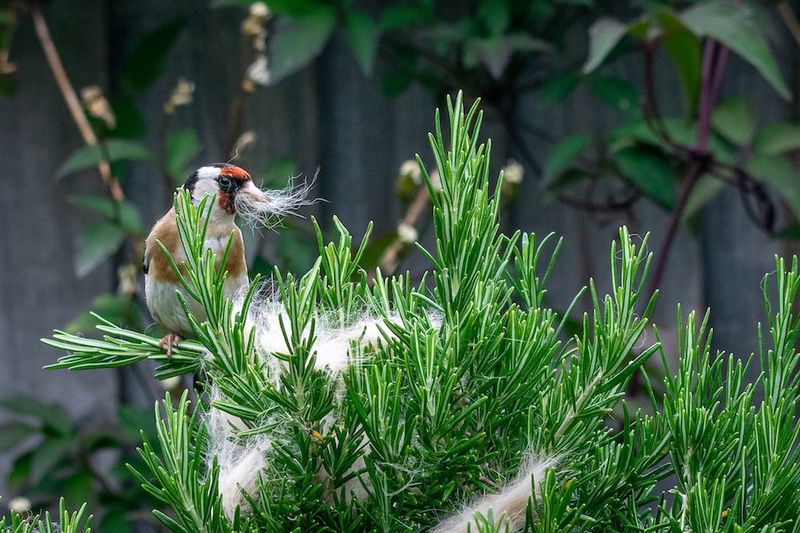
Good news! Effective, bird-friendly flea control options are available. Natural products containing cedar oil, diatomaceous earth, or neem extract work without harming wildlife.
Regular washing of pet bedding and vacuuming can reduce flea populations mechanically. Some vets now recommend oral flea medications that stay in your pet’s bloodstream rather than spreading throughout the environment.
Regulatory Gaps Exposed
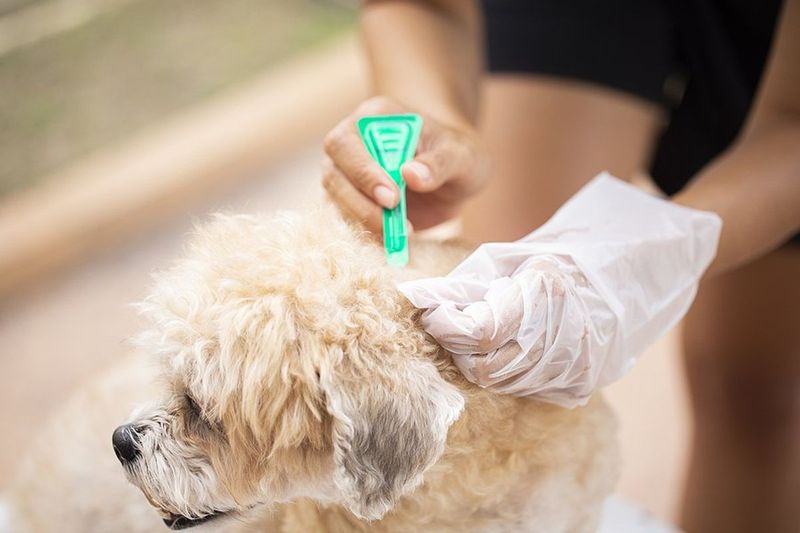
Shocking truth: most flea treatments underwent minimal environmental testing before approval! Regulators focused on pet safety but overlooked wildlife impacts.
Current regulations don’t require manufacturers to study how these chemicals affect birds specifically. The research team found that 87% of approved products contain ingredients known to be toxic to birds, yet continue to be sold without warning labels.
Indoor Cats Not Innocent
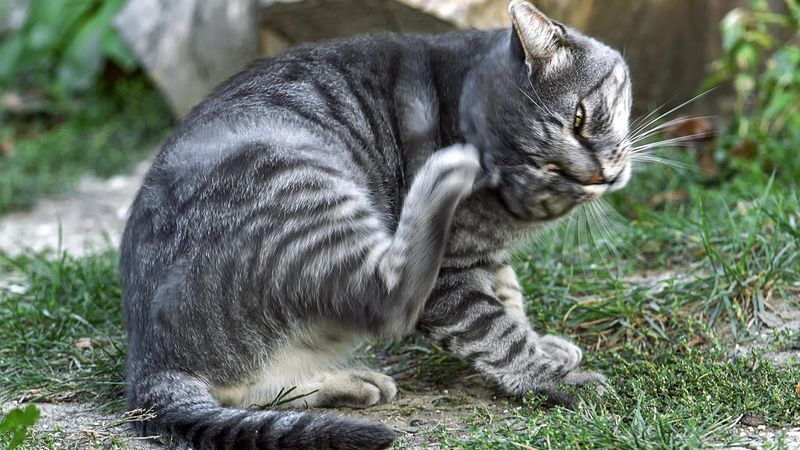
Think your indoor cat gets a free pass? Think again! Even strictly indoor pets contribute to the problem through household dust and wastewater.
When you wash pet bedding or bathe treated animals, chemicals enter water treatment systems that aren’t designed to remove these compounds. Researchers detected significant chemical levels in homes with indoor-only pets, proving nowhere is truly isolated from this contamination cycle.
Consumer Awareness Growing
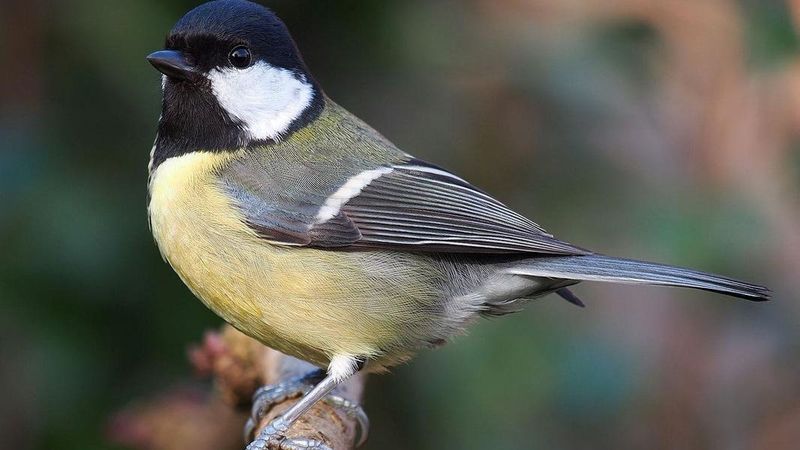
People are waking up to this hidden danger! The study sparked a movement among pet owners seeking responsible flea control options.
Conservation groups have launched education campaigns, and some pet stores now label wildlife-friendly products. Veterinarians report increasing questions about environmental impacts, showing a shift in consumer priorities beyond just pet health.

